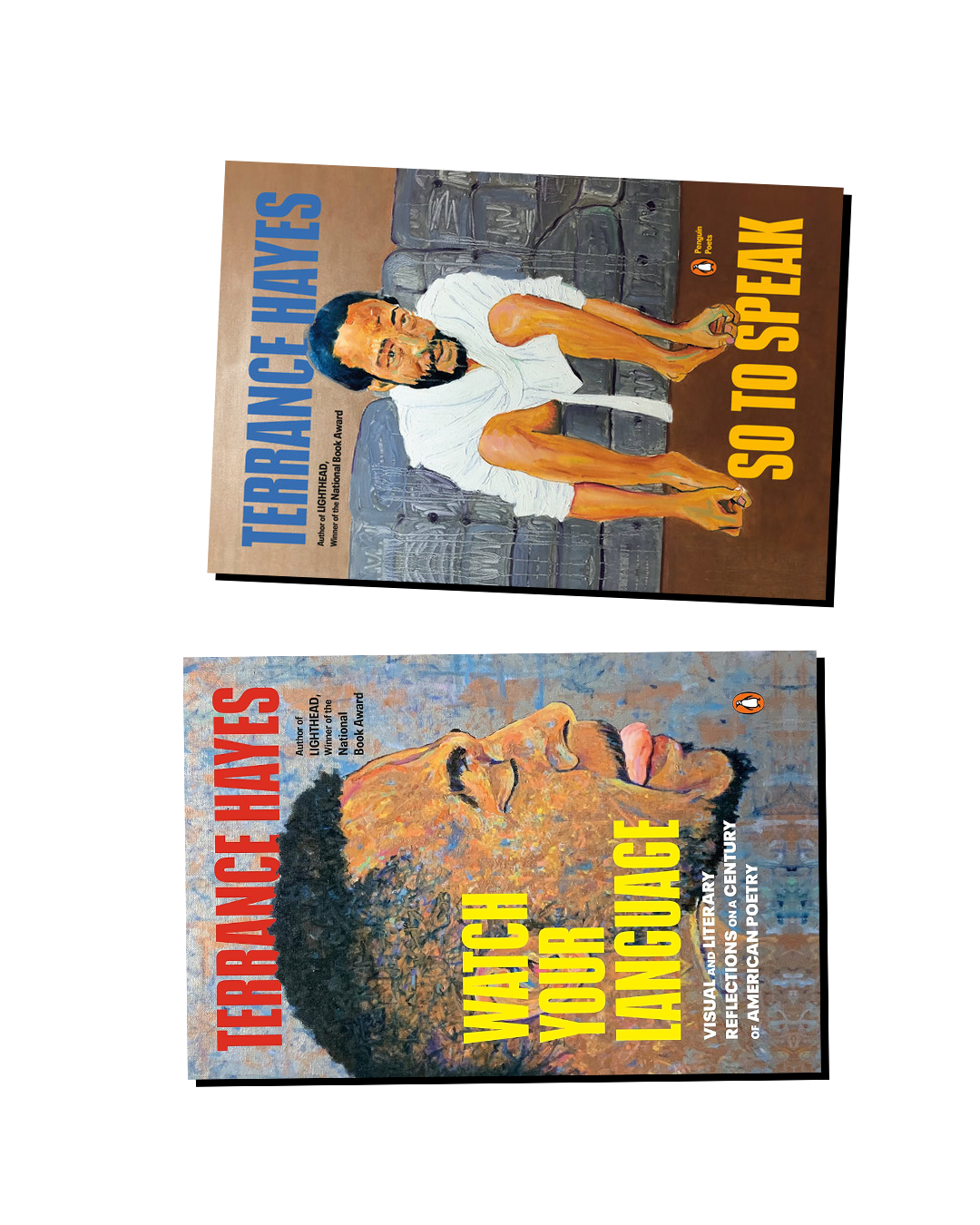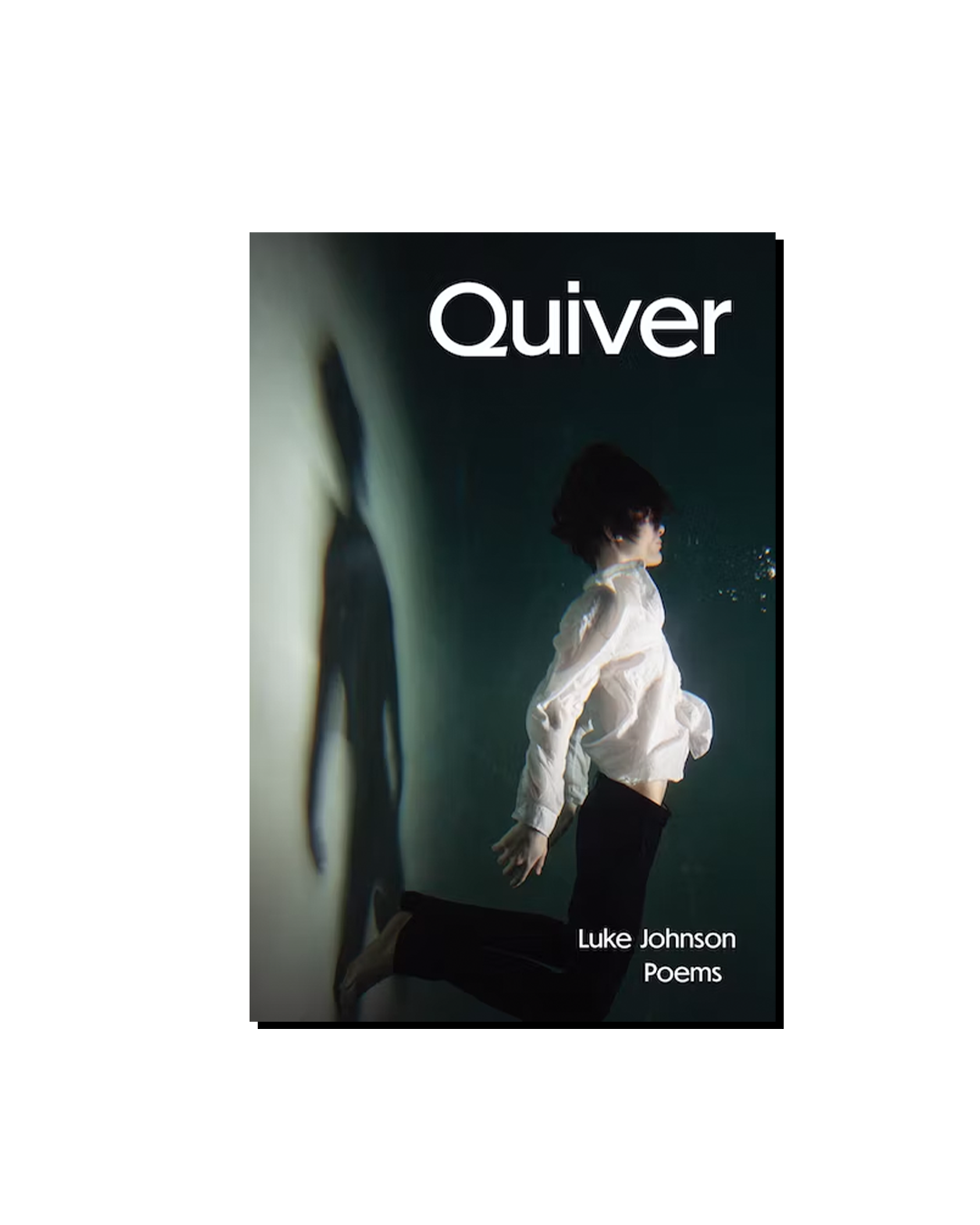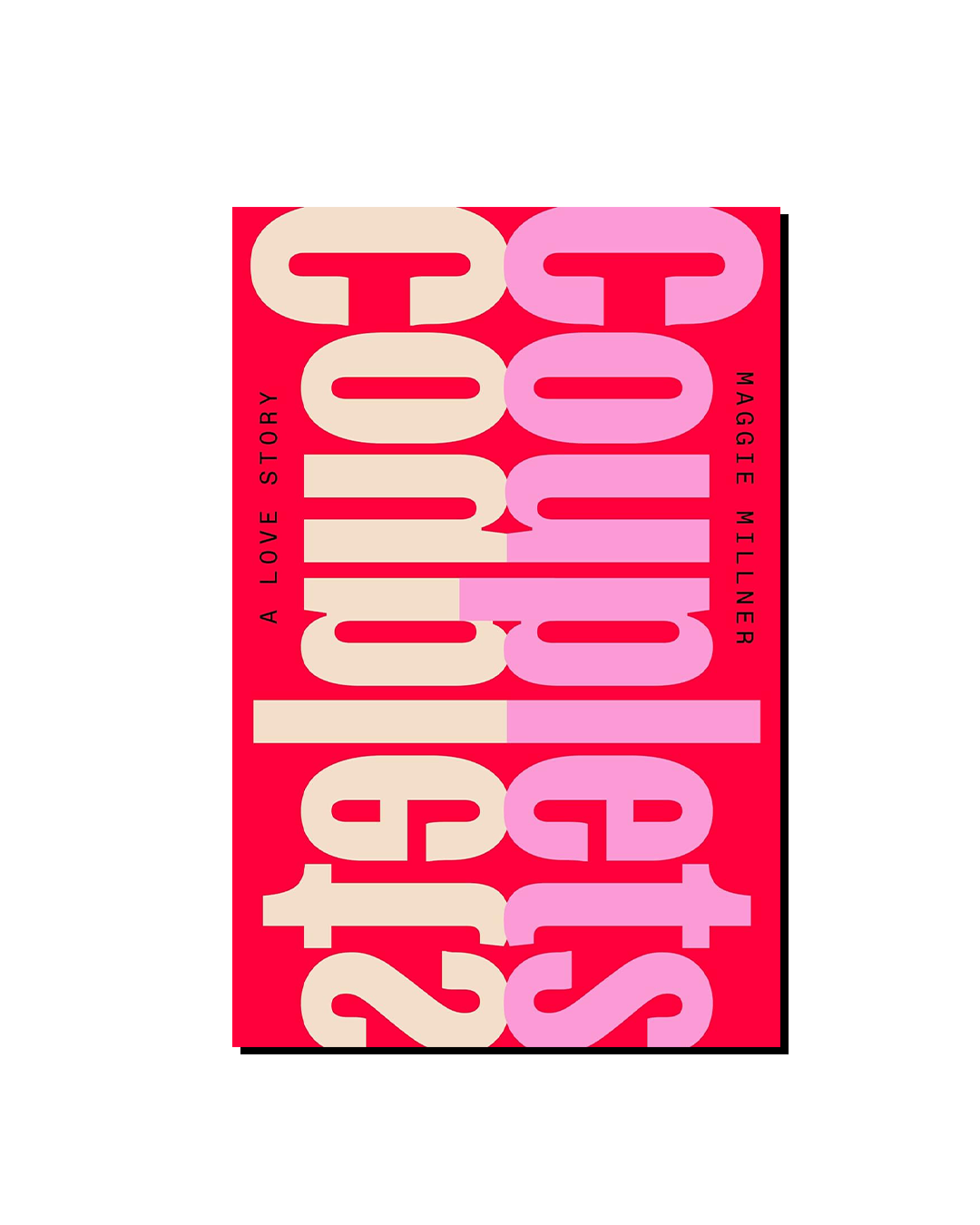Words Scumble the View: On Lindsay Turner’s “The Upstate”
Where is upstate? A proximity, a region positioned degrees away from somewhere not upstate, forever elsewhere.
What’s a Sad Wolf To Do?: On Lauren Haldeman’s “Team Photograph”
Comics show eyes, minds, people where to go, how to organize spatial information, what’s important, what to see. Photographs don’t, or not in the same way: maps do.
Some Ekphrastic Evening: On Fred Moten’s “perennial fashion presence falling”
He emphasizes the way that content prophesies form, or the way that form supervenes upon content—which is to say, he emphasizes the way in which the void leaps and sticks its landing.
What Poems Can’t: On Terrance Hayes
Watch Your Language shadows So to Speak, offering what the poems can’t—not explanations of the origins of lyric impulse, but a recreation of the process involved in coaxing it.
Brutal Naturalism: On Luke Johnson’s “Quiver”
The desire to flay and spread open the guts, to commit sin and confess it, to claim responsibility by way of observational learning.
The Live Louise Glück
When you grow up alongside a writer and see them change and rearrange and deliver a new object still dripping sweat, that object looks different than if you were merely recovering it from the long march of literature by the no-longer living.
Only This or That: On Maggie Millner’s “Couplets”
You thought you knew everything about couplets, and then realize there’s something new to discover in the familiar form. An uncovering of fossils, a tomb whose bones are still intact, jewelry in place and shining around the dusty vertebrae.
The Precarious “North” of Jacques Darras
Darras’ poetry may long for the alleged poetic horizon from which waves—and, indeed, shades—emanate but, in its subtle (if finless) wisdom, remains coastal, content to let lyric fall tame upon the sand.
Languages of Exile: On Aria Aber and Solmaz Sharif
What may seem at odds—Rilke and exilic Afghan selfhood, the DMAT and exilic Iranian selfhood—is connected and made whole. All become one in a language where poets imagine impossible homes for their fractured selves.
from “Slow Violence”
as melt, magnolia, test cricket, and breath
manta, sway, Cairngorms, slow spinning
Spring or All Desertion: On Walt Hunter’s “Some Flowers”
The function of repetition, of questions being asked toward impossibility, is to create the conditions by which prayer becomes a conceivable way of engaging with the world.
Milk Money: On Laura Mullen’s “EtC”
Mullen hands us this unsellable product of the Diary Industry as if it were what we’d always wanted—a project book stripped of recognizable content by the very process of that projection. It’s genre-ending.
from “Ordinary Entanglement”
paper cranes on the mantel hampered
by symbolic nature but why not
be more is it justice to want and want
Phosphorescent Romanticism: On Magda Isanos’ “Homecoming”
Like a smothering deformative blight, these poems arrive in remission, the moment before full collapse, a slipstream incongruity between locations, futurities, and the clouded cataracts of speculation.
Divine Reading: A Conversation with Sara Nicholson
Poetry is, or should be, a kind of thinking; it’s nothingness’s kingdom, where everything is possible. I use poetry to find out what I think.
Two Poems from “Impersonal Rainbow & The Bisexual Purge”
You make up
the better part
of an expression
“BLINKER DESCRIPTION”
to What are you susceptible by description
the there there, when it repeats




















